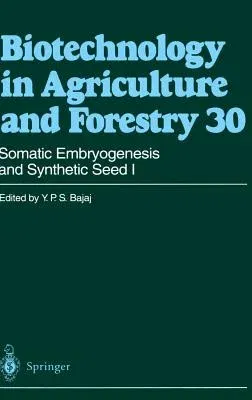While working in the laboratory of Professor Dr. Jacob Reinert at the
Freie Universitat Berlin (1974-1976), I had the opportunity to become
deeply involved in studying the intricacies of the fascinating
phenomenon of somatic embryogenesis in plant cells and protoplasts. In
numerous stimu- lating discussions with Professor Reinert on this
subject, I was fully convinced that somatic embryogenesis would become
one of the most important areas of study, not only regarding basic and
fundamental aspects, but also for its application in crop improvement.
During the last decade, we have witnessed tremendous interest and
achievements in the use of somatic embryos for the production of
synthetic seeds, for micro- propagation, genetic transformation,
cryopreservation, and conservation of germplasm. The en masse production
of somatic embryos in the bioreactors has facilitated some of these
studies. Somatic embryos have now been induced in more than 300 plant
species belonging to a wide range offamilies. It was therefore felt that
a compilation ofliterature/state of the art on this subject was
necessary. Thus, two volumes on Somatic Embryo- genesis and Synthetic
Seed have been compiled, which contain 65 chapters contributed by
International experts. Somatic Embryogenesis and Synthetic Seed I
comprises 31 chapters, arranged in 3 sections: Section I Commitment of
the cell to somatic embryogenesis; early events; anatomy; molecular
basis; gene expression; role of polyamines; machine vision analysis of
somatic embryos. Section II Applications of somatic embryos; technology
of synthetic seed; fluid drilling; micropropagation; genetic transfor-
mation through somatic embryos; cryopreservation.

